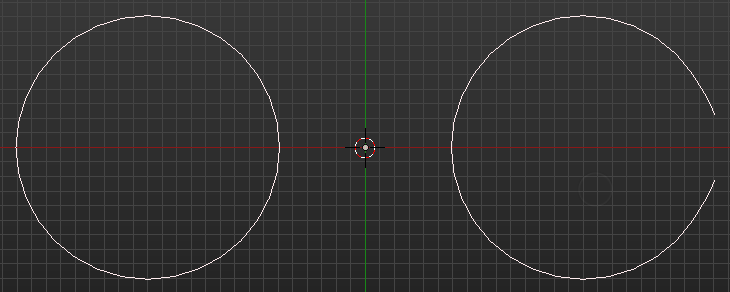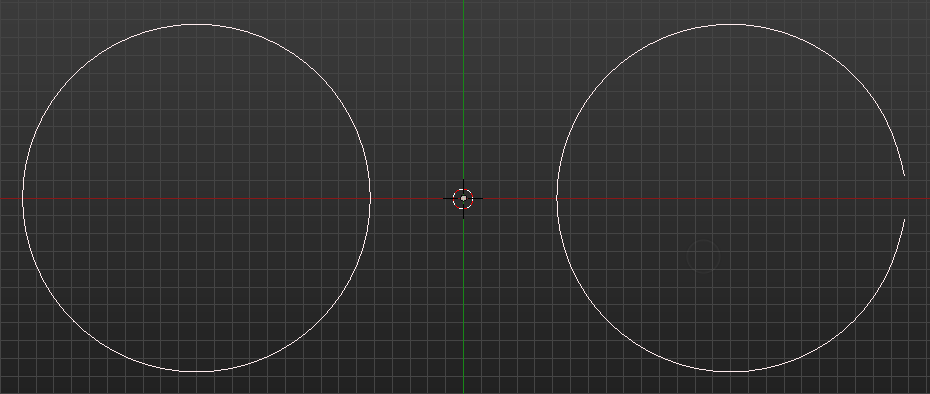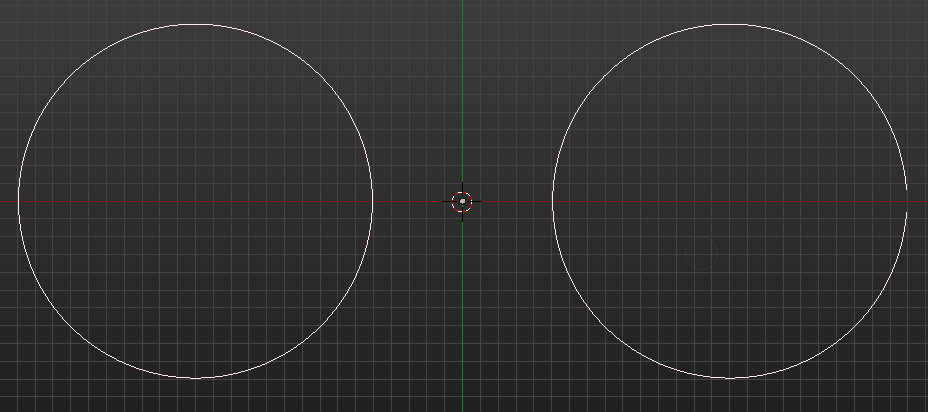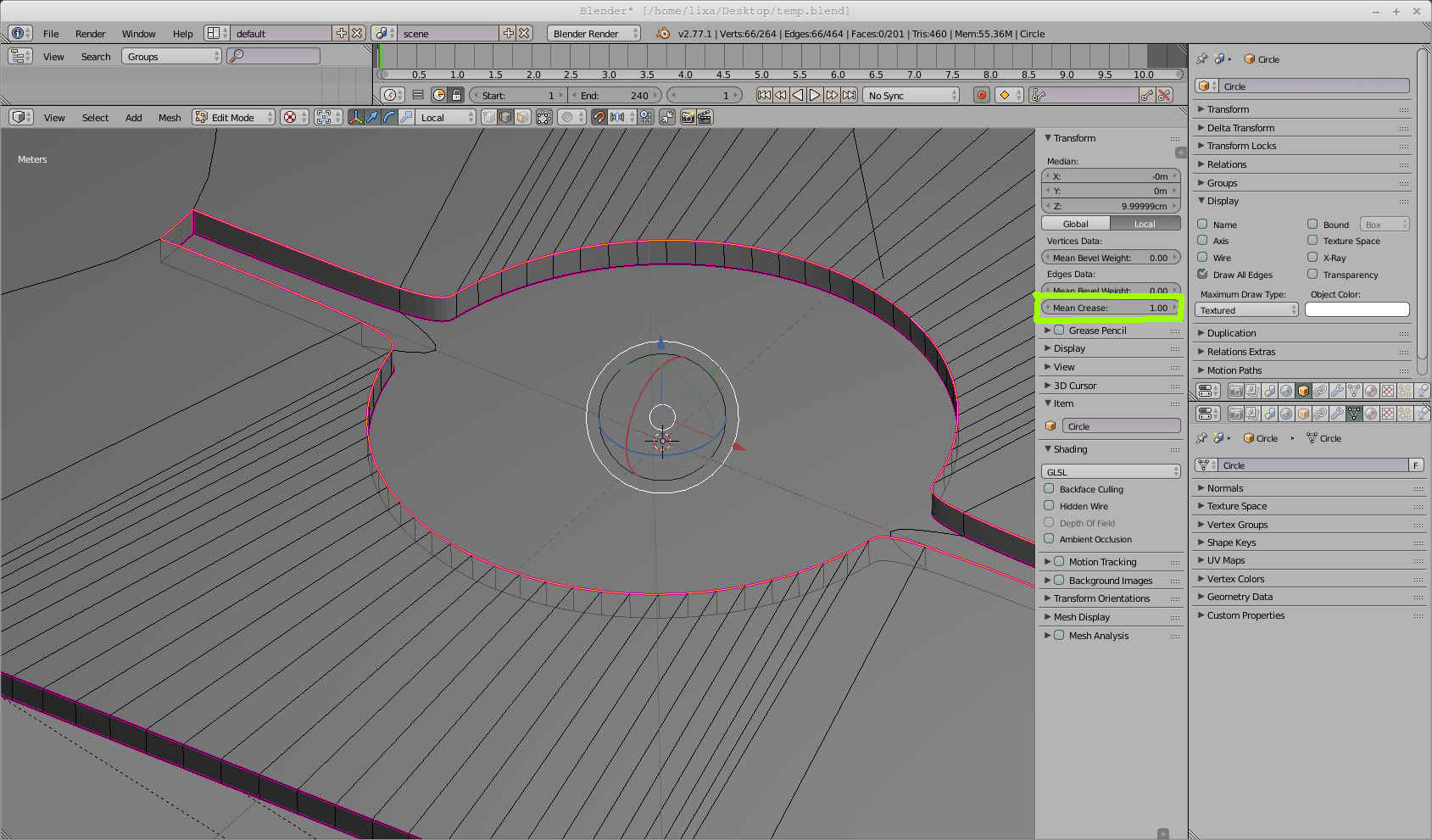I'm trying to obtain a perfect circular shape. On the right I'm just adding 2 edges around the middle, but it gives me an imperfectly circular shape, where I am trying to obtain a result equal to the one on the left. It is perfectly rounded but that will change when I do the same thing, as I did on the right.
Any ideas on how to fix this issue?







